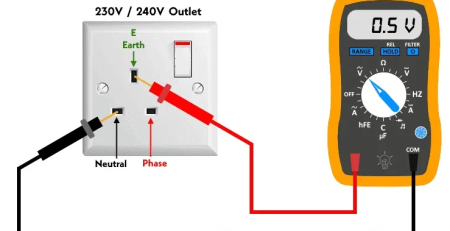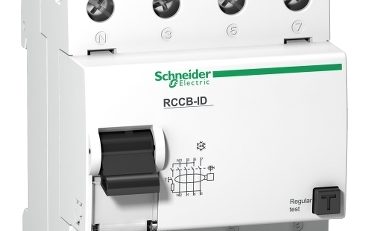POSTED BY:
COMMENTS:
0
POST DATE:
Electrical Substation
An electrical substation is a set of devices such transformer, HT panel, LT Panel, PFI, Busbars, Lightning arrestors etc. It is an important part of electrical distribution system which transforming the voltage and current to usable range without decrease of power.
Here's how transformer works:
A primary coil of wire is connected to an AC power source, which generates a changing magnetic field around the coil. A secondary coil of wire is positioned near the primary coil and is also surrounded by the changing magnetic field. As the magnetic field changes, it induces a current in the secondary coil due to electromagnetic induction. The voltage across the secondary coil is proportional to the number of turns in the secondary coil relative to the number of turns in the primary coil. This allows the transformer to "step up" or "step down" the voltage as needed, by adjusting the number of turns in the secondary coil relative to the primary coil. The output of the secondary coil can then be used to power an electrical load, such as an appliance, a light bulb, or another electrical device. In this way, transformers allow electrical energy to be transmitted over long distances with minimal losses, by reducing the voltage and increasing the current in the primary circuit, and then reversing these steps in the secondary circuit to restore the original voltage and current levels.
Other Important parts of a substation:
HT Panel: The HT Panel also known as Hight Tension Switchgear or in short HT Switchgear usually consist of VCB or LBS to disconnect the High Tension side safely.
LT Panel: The LT Panel or Low Tension Panel/ Switchgear is typically consist of ACB, or MCCB to disconnect the load side safely.
PFI Panel: PFI Panel is used for control the power factor.







